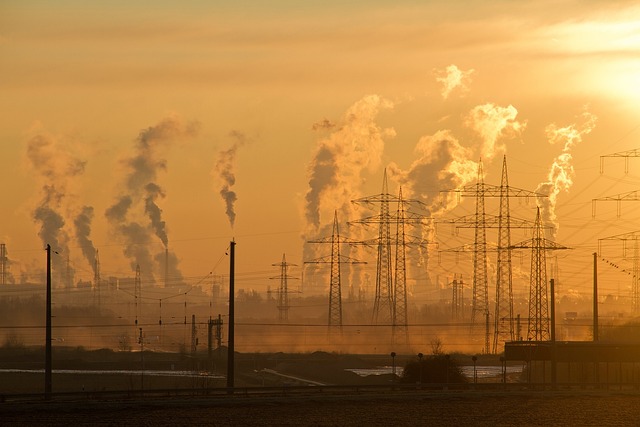The Hidden Costs of Artificial Light
As night falls, many of us often take comfort in the glow of streetlights, billboards, and the warm light spilling from our homes. However, what we may not realize is that the very light keeping us company has its own dark side: light pollution. This pervasive issue not only disrupts our sleep and migratory patterns of wildlife but also contributes to the broader challenges of climate change.
The Environmental Toll
Light pollution, defined as the excessive and misdirected artificial light at night, has been steadily increasing with urban development. While it may seem benign or even comforting, this unwanted illumination has several detrimental effects on our environment. For one, it disrupts the natural circadian rhythms of both humans and wildlife. Many species rely on the night sky for their biological clocks; birds, for instance, face disorientation during their migration, leading to increased mortality rates.
Moreover, the effects extend beyond the animal kingdom. Plants, too, are impacted, as their growth cycles are thrown off by artificial light. This disruption can lead to a cascade of ecological consequences, affecting everything from pollination to food chains. In our quest for safety and beauty in the night, we overlook the profound imbalance we’re causing in nature.
Light Pollution and Climate Change
As we grapple with climate change, the relationship between light pollution and our increasingly uncertain future becomes clearer. The energy consumed by outdoor lighting is significant, accounting for a substantial portion of global energy use. In fact, studies indicate that up to 30% of artificial light is wasted due to misdirected illumination. This waste translates to increased CO2 emissions associated with electricity generation, exacerbating the climate crisis.
Additionally, a warmer planet leads to longer growing seasons and altered wildlife behaviors, which intersect with the artificial cues from light pollution. The combination of these factors creates a chaotic environment, making it difficult for ecosystems to adapt to the rapid changes unfolding around them.
A Call to Action
Recognizing the influence of light pollution on both our environment and climate is vital. There is an urgent need for communities to adopt more sustainable lighting practices that take into account the health of our ecosystems. Implementing measures such as motion-sensor lights, shielding outdoor fixtures, and embracing design that minimizes light spillage can make a significant difference.
We have the power to shield the night from unnecessary illumination while maintaining safety and comfort. By opting for energy-efficient lighting and supporting initiatives aimed at reducing light pollution, we can protect not only the beauty of our night skies but also the fragile ecosystems that rely on darkness. Our actions today will dictate the kind of world we leave for future generations, highlighting the pressing importance of addressing light pollution as we tackle climate change head-on.
We must shine a light on this often-overlooked issue, raising awareness and creating change for a more balanced and sustainable future.




